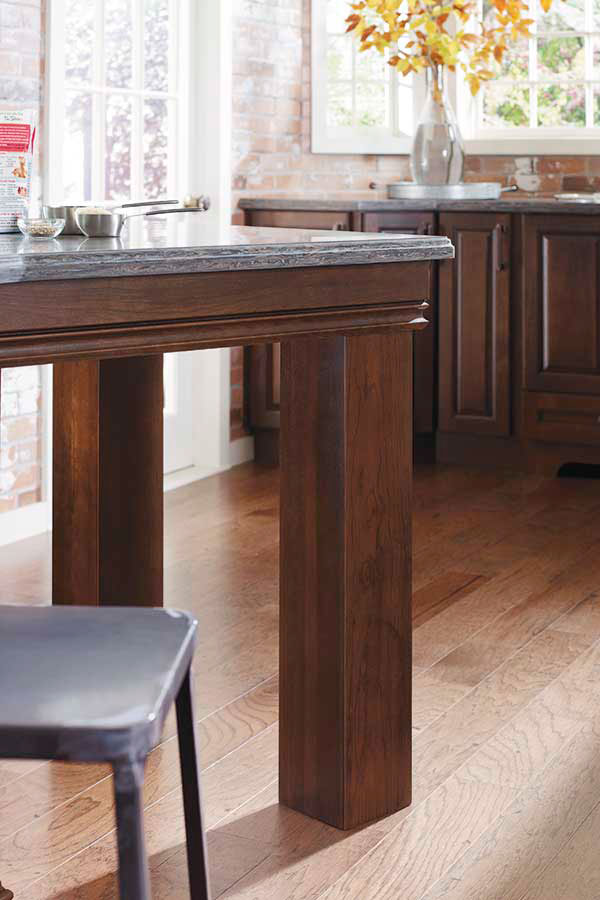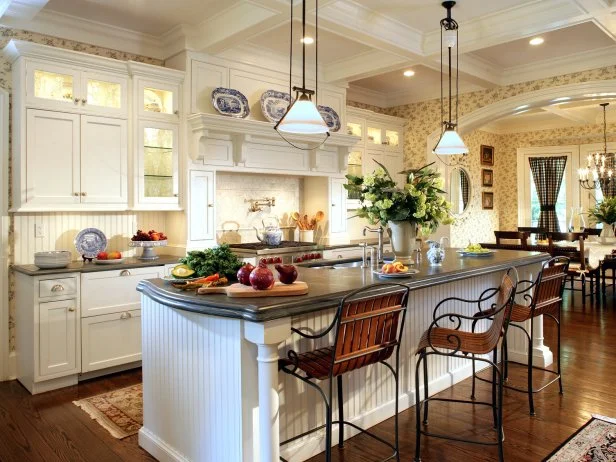Make Your Kitchen Island Stand Apart with Personalized Legs For Kitchen Island
Make Your Kitchen Island Stand Apart with Personalized Legs For Kitchen Island
Blog Article
Key Considerations for Locating the very best Legs For Cooking Area Island for Your Design
When choosing the ideal legs for your cooking area island, several essential factors to consider come into play that can dramatically influence both capability and visual appeals. The option of material, style, and height should align with your general kitchen layout to make certain a harmonious appearance.
Determine Your Style Choice
Identifying your style choice is important when choosing the optimal legs for your kitchen island. The legs of your cooking area island not just offer a useful purpose but additionally add dramatically to the general aesthetic of the space. Determining your layout style-- be it modern, rustic, standard, or industrial-- is necessary.
For a modern-day kitchen area, take into consideration streamlined, minimalistic legs that match tidy lines and open spaces. In comparison, a rustic setup might take advantage of more robust, farmhouse-style legs made from redeemed materials. Traditional kitchen areas typically favor turned or luxuriant legs, which can include a touch of style and class. At the same time, an industrial aesthetic might call for steel legs that highlight a raw, unfinished look.
Furthermore, think about the elevation and percentage of the legs in relationship to the island's surface. This ensures the aesthetic balance and functionality essential for day-to-day use. Evaluating the existing aspects in your kitchen area, such as cabinets and appliances, can also lead your decision, ensuring cohesiveness in design. Ultimately, your design preference will certainly influence not only the option of legs yet also the general harmony of your kitchen area's style.
Choose the Right Product
Selecting the ideal material for your kitchen island legs is critical in making certain both resilience and visual charm. Different materials provide distinctive advantages, and the choice frequently reflects your layout preferences and useful needs.
Timber is a preferred choice, providing heat and flexibility. It can be tarnished or painted to match your kitchen area decoration, making it adaptable to numerous styles, from rustic to contemporary. Timber may call for routine upkeep to preserve its appearance and stability.

If you look for an unique touch, take into consideration acrylic or glass products. They can create an illusion of space and agility in your kitchen, making them a superb selection for smaller areas - Legs For Kitchen Island. These options may require mindful handling and upkeep to prevent scratches.
Ultimately, the material you choose need to align with your kitchen area's total design, ensuring that the legs serve both ornamental and functional objectives.
Consider Elevation and Percentages
When developing a kitchen area island, height and percentages play an essential function in making sure performance and comfort,. The conventional elevation for a kitchen area island normally varies from 36 to 42 inches, aligning with traditional counter heights or bar heights, specifically. This measurement is essential for balancing with bordering stools and kitchen counters, making it possible for ease of usage during dish preparation and social interactions.
Furthermore, the island's proportions must match the overall kitchen layout. A well-proportioned island should not bewilder the room; instead, it needs to produce a well balanced aesthetic. Take into consideration the ratio between the island's width and length, ensuring it offers adequate surface without crowding the kitchen area. A basic guideline is to maintain a size of 24 to 48 inches, promoting movement and availability.
Moreover, the elevation of the legs or base can influence the aesthetic charm and performance. Taller legs might offer a more modern, ventilated feeling, while shorter ones can stimulate a traditional, based look. Inevitably, carefully taking into consideration height and proportions will result in a cooking area island that is both visually appealing and functionally reliable, improving the overall style of the area.
Assess Stability and Resilience
A kitchen island's legs must not only match its elevation and proportions however likewise provide adequate security and longevity to sustain daily tasks. The legs are important their website to the general functionality of the island, as they bear the weight of the countertop and any type of extra lots, such as appliances or cooking jobs.
When examining security, it is essential to consider the leg design and material. As an example, tough metal or solid hardwood legs often offer superior stamina compared to lighter materials like crafted wood or plastic. Additionally, a bigger base can enhance security, minimizing the threat of tipping or tottering during use.
Resilience is similarly essential; the legs ought to withstand wear and tear from daily usage. Take into consideration coatings that protect against scrapes, dents, and moisture, especially in a kitchen environment. Review the quality of building, such as fastenings and joints, which can dramatically influence the legs' long-term performance.
Inevitably, purchasing well-crafted legs that prioritize stability and sturdiness will guarantee your kitchen island stays a trustworthy work space for many years to come, improving your culinary experiences while preserving aesthetic allure.
Consider Upkeep and Treatment
Maintenance and care are vital factors to consider for ensuring the long life and efficiency of cooking area island legs. When selecting legs, it is vital to evaluate the products used, as various choices require differing degrees of maintenance. Wood legs may need routine refinishing or sealing to avoid moisture damage and scrapes, while metal legs might require normal polishing to maintain their luster and prevent rust.
Additionally, the surface applied to the legs can influence maintenance demands. A high-gloss coating may be easier to clean however can reveal fingerprints and scrapes much more readily than a matte coating. It is suggested to select materials and coatings that enhance your way of life; for instance, if you frequently host events, select resilient Bonuses materials that can hold up against wear and tear.
Furthermore, take into consideration the cleansing procedure included in maintaining these legs. Smooth surface areas commonly need marginal effort, while elaborate designs may build up dust and grime, necessitating more labor-intensive cleansing techniques. Legs For Kitchen Island. Inevitably, factoring in the maintenance and treatment required for your chosen kitchen area island legs will certainly not just improve their visual appeal but also ensure their functional honesty with time
Verdict
To conclude, selecting the optimal legs for a kitchen area island demands mindful consideration of numerous factors, including design style, product selection, upkeep, stability, and elevation. Each component plays a crucial function in making sure that the legs not just improve the visual allure of the cooking area but additionally supply the needed assistance and durability for everyday use. A knowledgeable decision will eventually add to a practical and visually pleasing cooking area atmosphere.
The legs of your cooking area island not just offer a useful purpose yet additionally contribute significantly to the total visual of the room.Maintenance and treatment are vital considerations for look at this site guaranteeing the longevity and performance of kitchen island legs. Wooden legs may call for periodic refinishing or sealing to stop wetness damages and scratches, while steel legs might need normal brightening to keep their shine and prevent rust.
Eventually, factoring in the maintenance and treatment required for your picked kitchen island legs will not just boost their visual allure however likewise ensure their functional stability over time.

Report this page